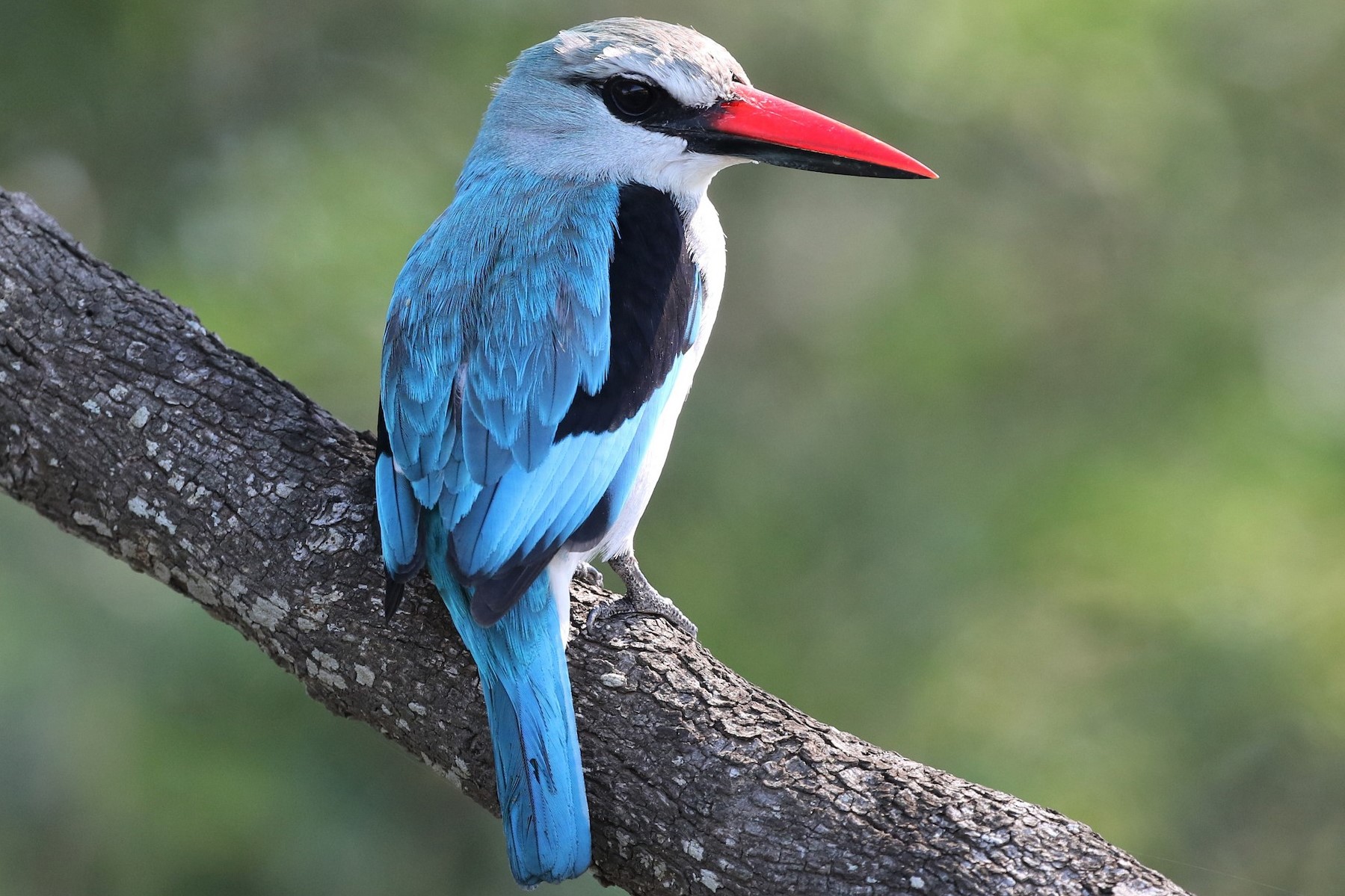The Woodland Kingfisher: A Jewel of Uganda’s Avian Paradise
The Woodland Kingfisher (Halcyon senegalensis). Uganda, often referred to as the “Pearl of Africa,” is not only renowned for its stunning landscapes and diverse wildlife but is also a birdwatcher’s paradise. The Woodland Kingfisher (Halcyon senegalensis) is one of the many avian treasures that call this East African nation home. With its striking appearance and enchanting songs, the Woodland Kingfisher has captured the hearts of bird enthusiasts and nature lovers alike.
Appearance – The Woodland Kingfisher (Halcyon senegalensis)
The Woodland Kingfisher is a small, dazzling bird that measures around 20-25 centimeters in length. Its plumage is predominantly turquoise blue, with a bright azure back, wings, and tail. Its striking contrast is completed by a white throat, belly, and a black beak. The vivid colors of this kingfisher make it a true gem of Uganda’s woodlands and savannahs.
Habitat and Distribution:
These avian jewels are widely distributed throughout sub-Saharan Africa, including Uganda. In Uganda, they can be spotted in a variety of habitats, ranging from woodlands and savannahs to gardens and wetlands. They are most commonly found in the southern and western regions of the country, such as Queen Elizabeth National Park and Murchison Falls National Park.
Behavior and Diet – The Woodland Kingfisher (Halcyon senegalensis)
Woodland Kingfishers are predominantly insectivorous, preying on a variety of insects like grasshoppers, crickets, and beetles. They are often seen perching on exposed branches, waiting for an opportunity to swoop down and catch their prey. Their distinctive call is a melodious and far-carrying “pee pee pee” or “chee chee chee,” which adds to the symphony of sounds in Uganda’s natural surroundings.
Breeding and Nesting:
Breeding season for Woodland Kingfishers typically occurs during the rainy season, between October and January. They are known for their remarkable nesting behavior. These birds excavate their nests in riverbanks or termite mounds, using their powerful beaks and feet. The female usually lays 2-4 eggs, which are incubated for approximately three weeks. After hatching, the parents take turns feeding and caring for their young.
Conservation Status:
The Woodland Kingfisher is not globally threatened and is listed as a species of “Least Concern” by the International Union for Conservation of Nature (IUCN). However, like many other bird species, it is susceptible to habitat loss due to deforestation and human development. Conservation efforts in Uganda focus on preserving their natural habitats and raising awareness about the importance of these charismatic birds in the country’s rich biodiversity.
Remarks – The Woodland Kingfisher (Halcyon senegalensis)
The Woodland Kingfisher in Uganda is a prime example of the country’s incredible avian diversity. With its stunning appearance, melodious calls, and interesting nesting habits, it has become a symbol of the natural beauty that Uganda has to offer. Protecting their habitats and appreciating their presence in the wild is not only crucial for their survival but also an opportunity for bird enthusiasts to connect with the captivating world of Uganda’s avian life; So, the next time you find yourself in Uganda, keep an eye out for the Woodland Kingfisher and marvel at the natural wonders this beautiful bird represents in the heart of Africa.








